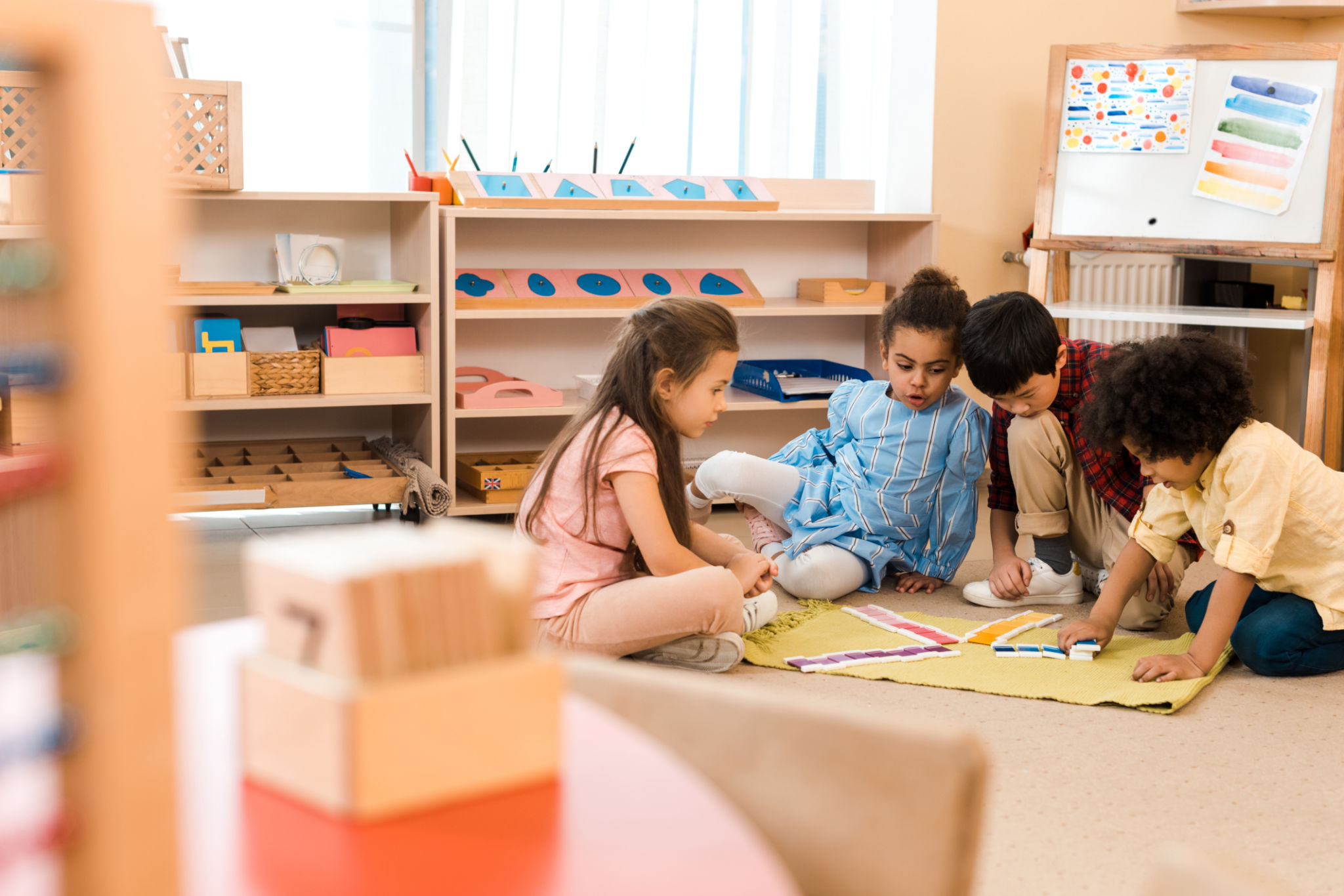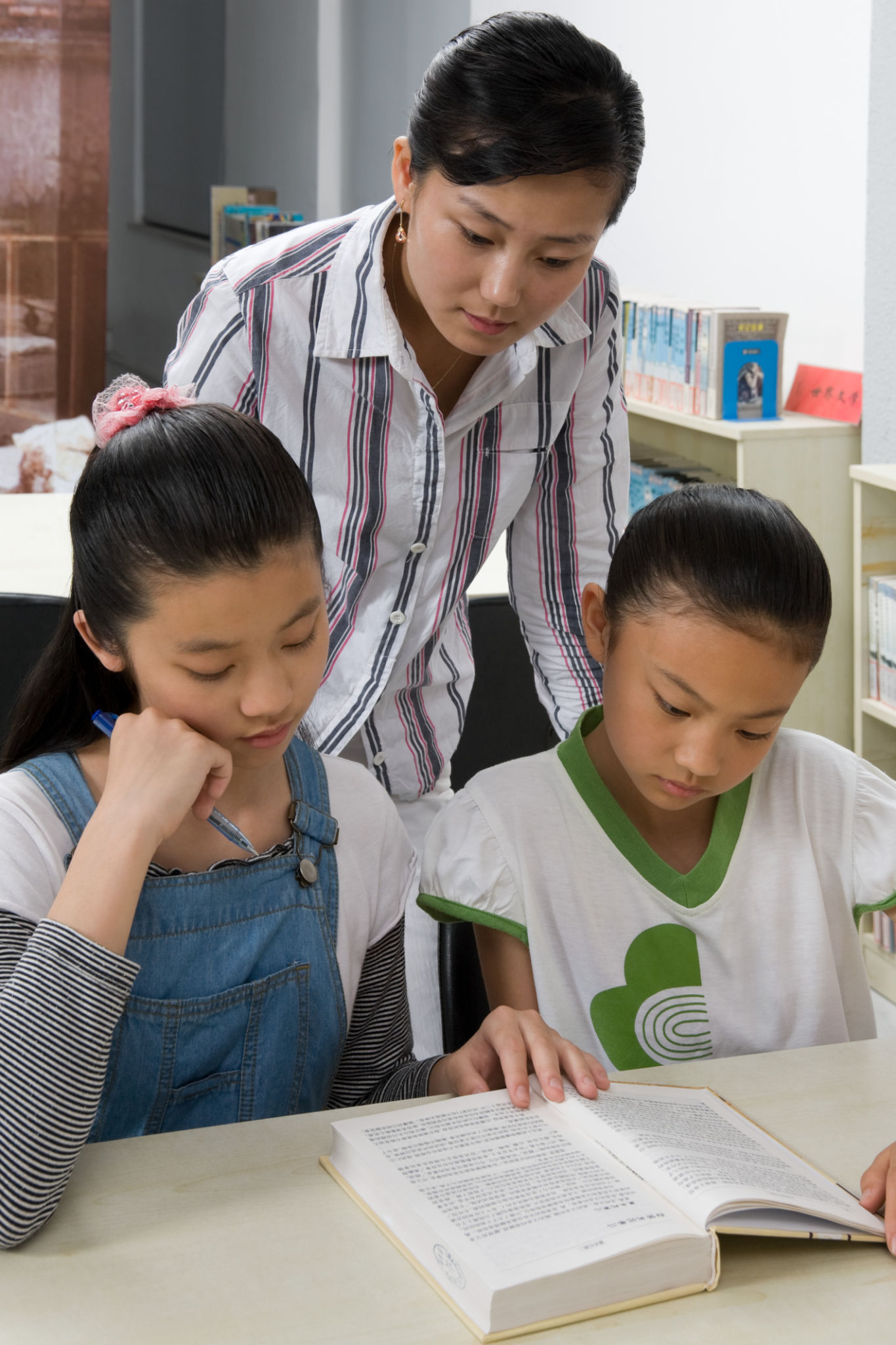Exploring the Montessori Approach in Early Childhood Education
Understanding the Montessori Method
The Montessori approach is a child-centered educational philosophy developed by Dr. Maria Montessori in the early 20th century. It emphasizes independence, hands-on learning, and a collaborative environment. This method allows children to learn at their own pace and follow their interests, fostering a love for learning and encouraging self-discipline.
Key elements of the Montessori method include mixed-age classrooms, specially designed learning materials, and a curriculum that covers practical life skills, sensory activities, language, mathematics, and cultural studies. These components are carefully integrated to support a child's natural development.

Benefits of Montessori Education
One of the primary benefits of the Montessori approach is its focus on individualized learning. Each child is given the opportunity to explore topics that interest them deeply, which can lead to greater engagement and retention of information. This personalized approach respects the unique learning styles and timelines of each child.
Additionally, Montessori education fosters independence and self-motivation. Students are encouraged to take responsibility for their learning, make decisions, and solve problems independently. This empowerment builds confidence and prepares them for future challenges.

Developing Social Skills
Montessori classrooms are designed to promote social interaction among students of different ages. The mixed-age setup allows younger children to learn from older peers while older students reinforce their knowledge by teaching concepts they have mastered. This dynamic helps develop strong social skills, empathy, and cooperation.
Children learn to work collaboratively on projects, share resources, and resolve conflicts peacefully. These experiences are vital for developing effective communication skills and building meaningful relationships.

The Role of the Montessori Teacher
In a Montessori setting, the teacher acts as a guide or facilitator rather than a traditional instructor. Their role is to observe each child and provide resources and encouragement based on individual needs and interests. Teachers create a prepared environment that invites exploration and discovery.
This approach requires educators to be highly trained in Montessori principles and adept at recognizing the unique potential of each child. The teacher's ability to step back and allow children to take the lead is crucial in maintaining the integrity of the Montessori method.
Implementing Montessori at Home
Parents interested in adopting Montessori principles at home can start by creating an environment that encourages independence and exploration. Simple changes, such as providing accessible shelves with materials that invite open-ended play, can make a significant difference.
- Allow children to choose their activities and set their schedules.
- Introduce practical life tasks like cooking or gardening that teach responsibility.
- Encourage curiosity by asking open-ended questions.

Conclusion
The Montessori approach offers a holistic framework for early childhood education that nurtures cognitive, social, and emotional development. By focusing on the child as an individual with unique interests and capabilities, it lays a strong foundation for lifelong learning and personal growth.
Whether in a classroom or at home, implementing Montessori principles can provide children with enriched learning experiences that prepare them for future success. As more parents and educators recognize its benefits, the Montessori method continues to gain popularity worldwide.
